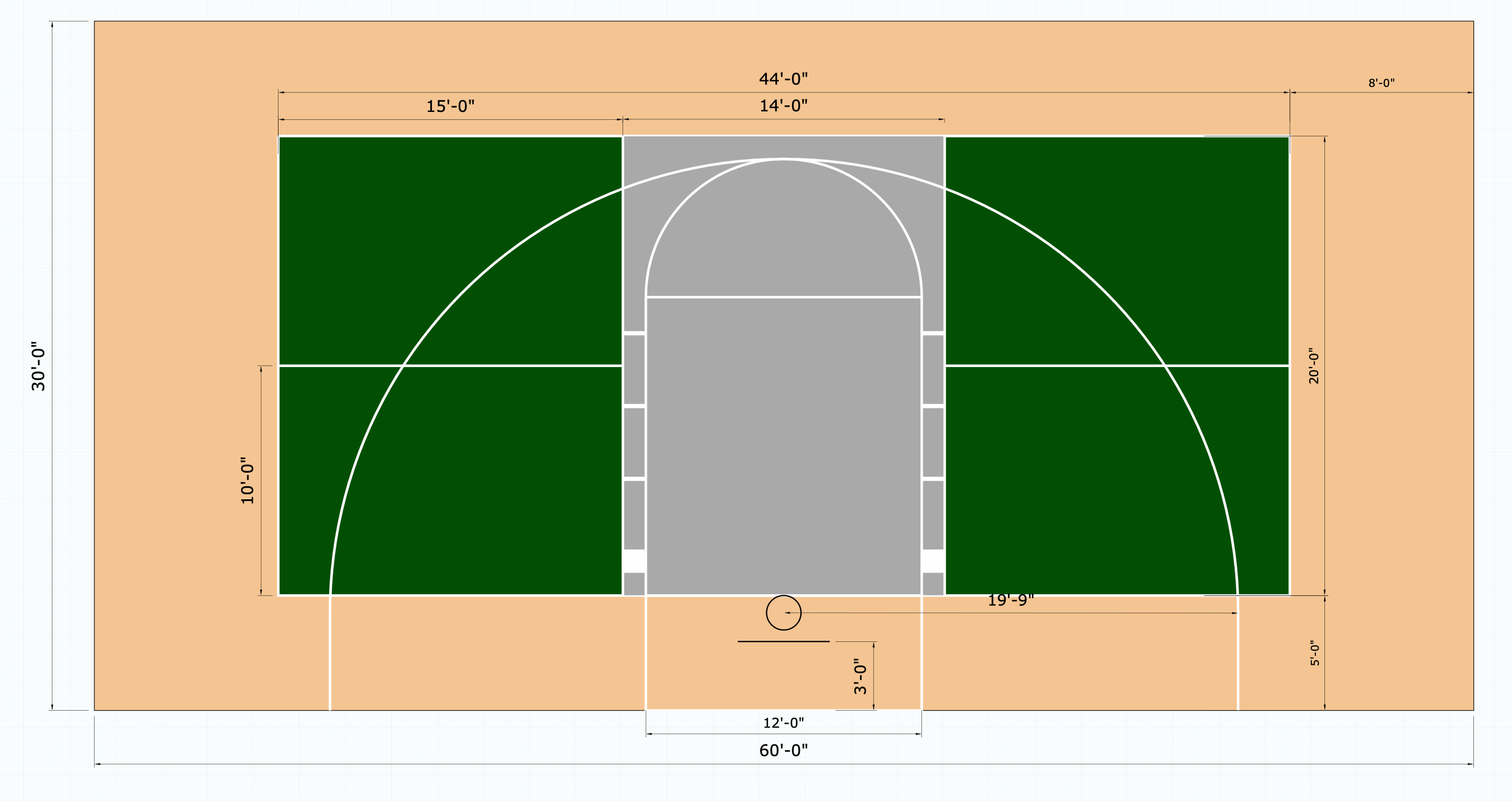Trick Variables in the Construction of Pickleball Judiciaries: From Site Option to Final Coatings
The construction of pickleball courts encompasses an array of important variables, starting with the selection of a proper website that stabilizes access with ecological considerations. Essential aspects such as court dimensions, surface materials, and water drainage systems significantly impact not only the quality of play however likewise the durability of the center. Interest to lighting and finishing touches can raise the general experience for gamers and spectators alike. Recognizing how each of these parts interrelates might expose understandings that are frequently neglected, prompting a more detailed exam of ideal techniques in court construction.
Site Choice Requirements
When starting the building of pickleball courts, it is important to pin down the website choice requirements that will guarantee optimal playability and ease of access. The location must be easily obtainable for gamers, preferably located near domestic areas or community facilities, to motivate involvement.
Furthermore, the terrain should be degree and steady, as uneven ground can lead to safety threats and impact gameplay. Sufficient drainage is additionally essential; choosing a site with excellent water overflow will aid preserve court conditions throughout unfavorable weather.
Another vital factor to consider is the accessibility of energies. Accessibility to electrical power and water is necessary for illumination and maintenance objectives. Furthermore, closeness to parking centers is important, facilitating simple access for gamers and spectators alike.
Ecological factors can not be ignored; natural color from trees can enhance gamer convenience, while exposure to dominating winds may interfere with play. Zoning regulations and neighborhood assistance should be thought about to make certain that the project aligns with local guidelines and gets the support it needs for successful application. By carefully assessing these criteria, stakeholders can produce a welcoming and functional environment for pickleball lovers.
Court Capacities and Format
To ensure ideal gameplay and adherence to guidelines, the measurements and format of pickleball courts must be thoroughly specified. A typical pickleball court measures 20 feet in width and 44 feet in length for both singles and doubles play. The suggested design includes a non-volley area, frequently described as the "cooking area," expanding 7 feet from the web on either side. This location is crucial, as it influences player positioning and shot selection - Illinois and midwest.
The web elevation is evaluated 36 inches at the sidelines and 34 inches at the center, producing a small dip that affects ball trajectory. Court markings are equally vital; lines need to be 2 inches vast and distinctive in shade to guarantee visibility.
Additionally, a buffer area bordering the court is recommended, usually extending 5 to 10 feet beyond the sidelines and standards to fit players' movements and boost security. Proper layout and measurements not only ensure conformity with official regulations yet additionally improve the overall having fun experience, fitting both recreational and affordable play. Cautious planning in these areas is critical to the effective construction of pickleball courts.
Surface Material Options
Choosing the ideal surface product for pickleball courts is vital for making sure optimal gamer performance and safety and security. The option of surface area can substantially affect gameplay, consisting of ball bounce, grip, and player convenience.
There are several alternatives available, each with its distinctive qualities. Asphalt is a preferred choice as a result of its sturdiness and reduced maintenance needs. It offers a strong having fun surface that can hold up against various climate condition yet might require routine resurfacing.
Concrete is one more commonly used product, providing outstanding long life and a smooth finish. It permits regular ball bounce however can be difficult on players' joints, making it much go to my site less preferable for long-term play without appropriate cushioning.
For those seeking boosted convenience and shock absorption, cushioned acrylic surfaces provide a sensible alternative. These surfaces integrate a base layer with an acrylic overcoat, giving improved traction and a softer feel, which is valuable for reducing the danger of injuries.
Finally, artificial lawn is obtaining traction, particularly for multi-purpose facilities. Its adaptability and reduced upkeep requires make it an eye-catching option, though it may not offer the exact same sphere action as typical hard courts. Careful consideration of these options will ensure an optimal playing environment.
Drainage and Lighting Factors To Consider
Proper water drainage and efficient illumination are essential parts in the building of pickleball courts, considerably influencing both playability and safety and security. Ample drain systems prevent water buildup, which can lead to slippery surface areas and damages to the court framework.
Lighting is equally important, specifically for courts planned for evening use. The placement of lighting fixtures ought to be tactically intended to eliminate shadows and offer even distribution of light across the court.

Final Surfaces and Maintenance
After attending to water drainage and illumination factors to consider, focus transforms to the last coatings and recurring upkeep of pickleball courts. Illinois and midwest. The option of surface area material is critical, as it impacts both playability and resilience. Common options include acrylic coatings and specialized sporting activities surface areas that give ideal traction and cushioning. These finishes should be used in multiple layers to guarantee durability against weather elements and put on.

Seasonal upkeep might include resurfacing every couple of years, depending on usage and ecological factors. Appropriately keeping nets, court lines, and surrounding areas is equally essential to provide a risk-free and enjoyable having fun experience. By buying top quality coatings and adhering to an organized upkeep routine, center proprietors can More Help ensure their why not try here pickleball courts continue to be in superb condition for years ahead.
Conclusion
In verdict, the effective building of pickleball courts hinges on thorough interest to several key variables. High quality finishes and a durable upkeep schedule are essential for protecting the court's problem, boosting the general experience for gamers and spectators alike.